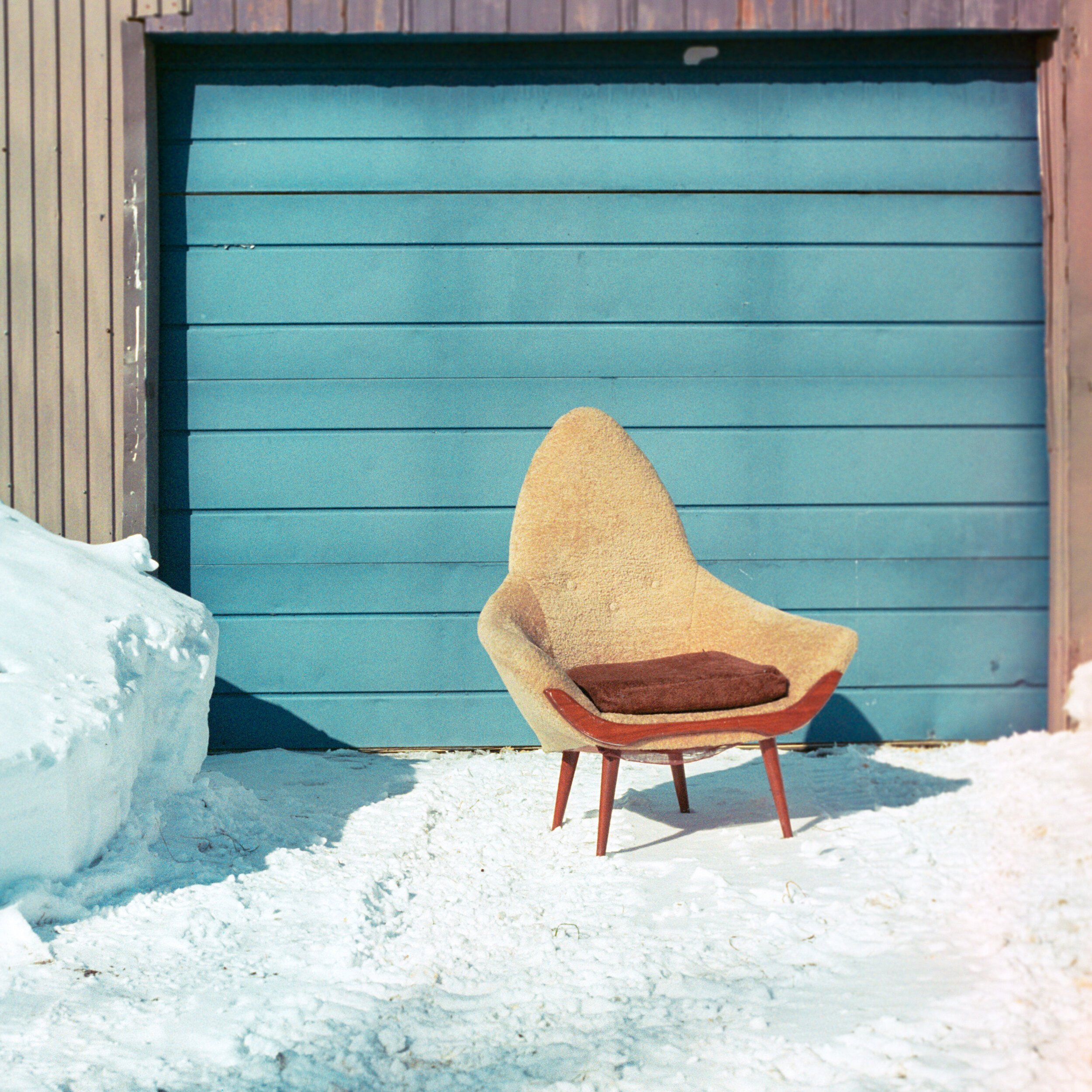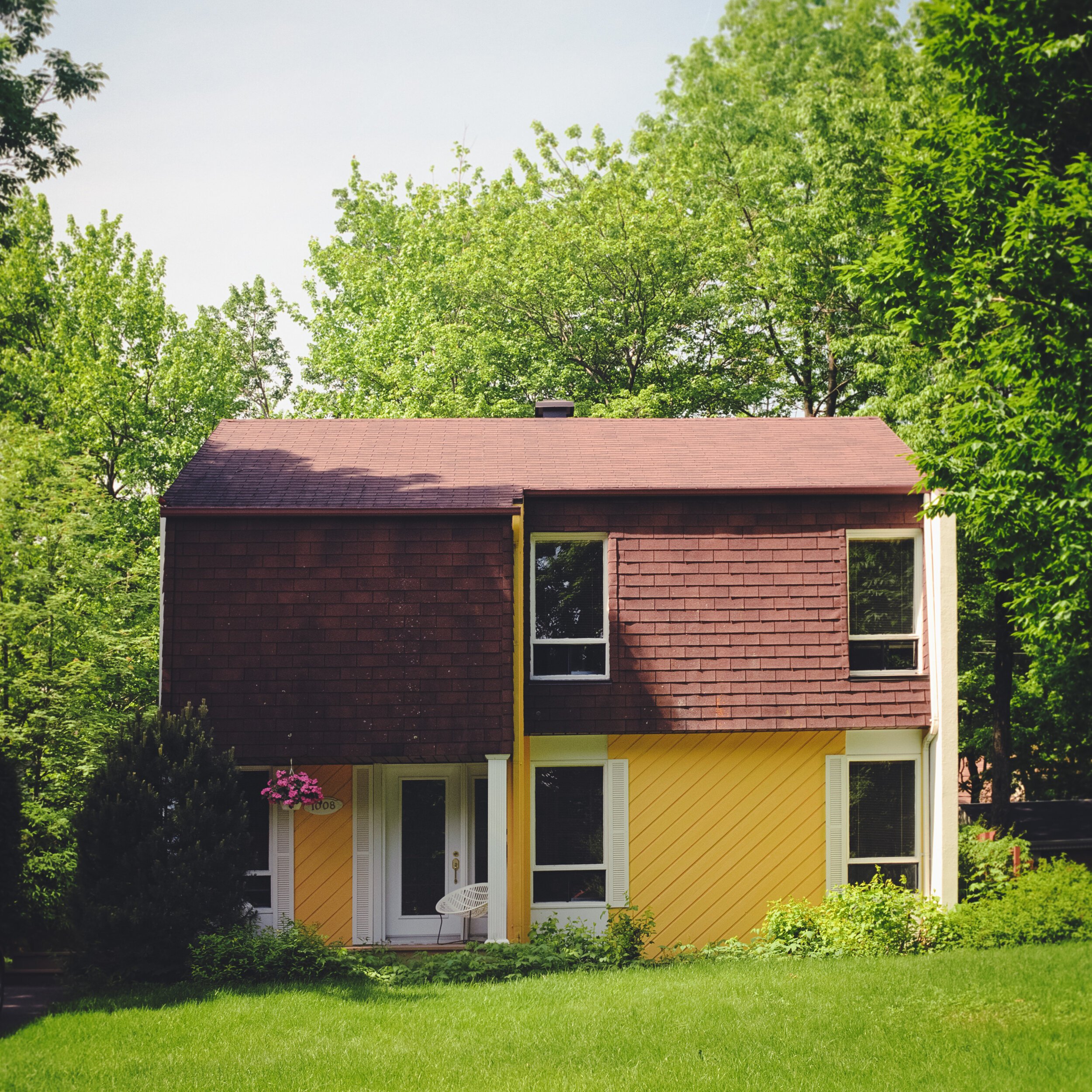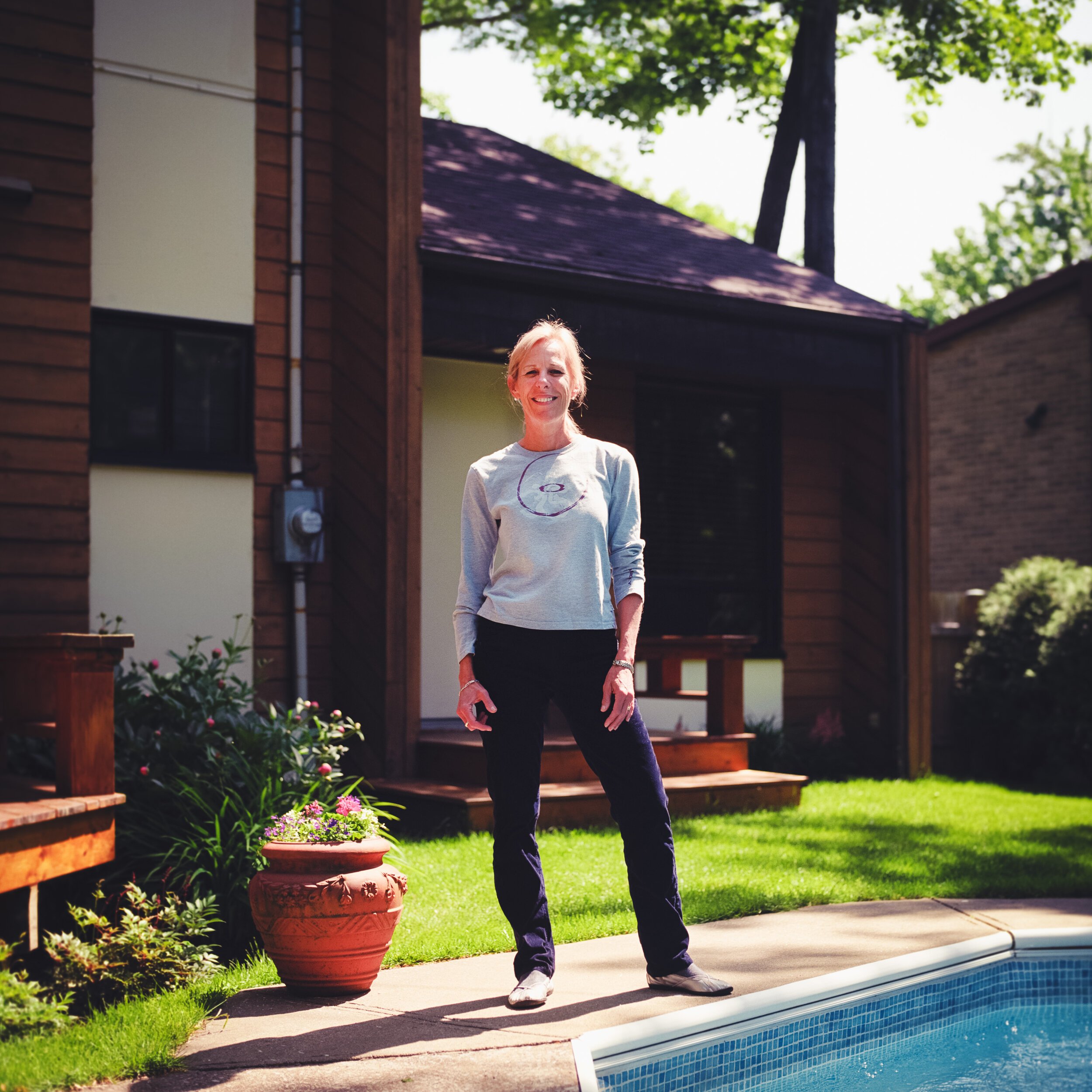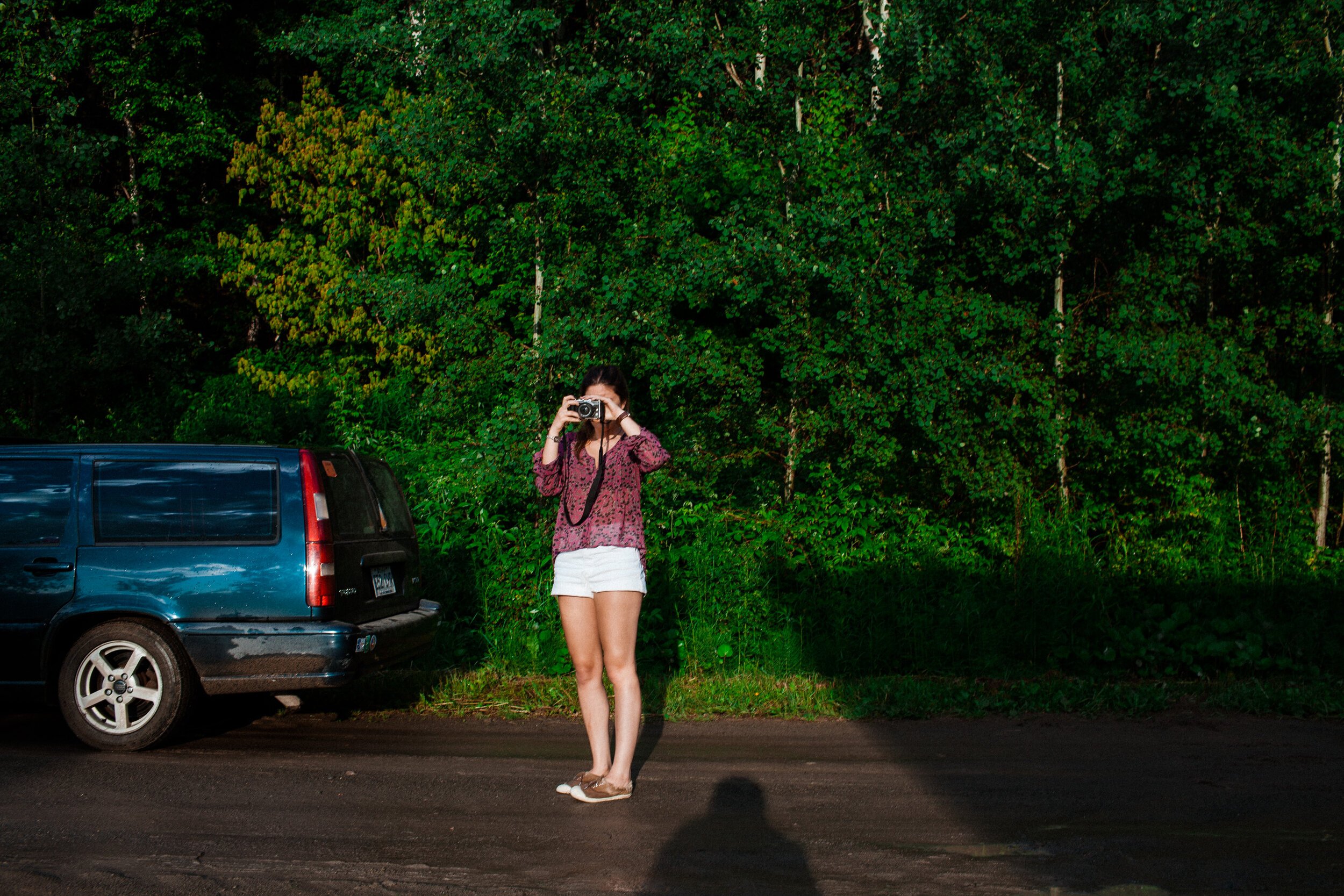Quebec - The Places That Impacted Me Most
I stormed into my parents' bathroom just after 6 p.m.—Dad was taking his daily post-work bath and I knew he would be relaxed enough to be receptive to what I had to say.
"France is becoming too small for me; I want to go to New York to finish my studies," I proclaimed.
"I was wondering when you'd ask," he replied. "Last month I read an article about how a lot of youngsters are fleeing France to go study and work in Québec."
"That's nice, but I want to go to New York," I countered.
It's worth noting that my family has a tradition of debating anything and everything. We love long argumentative conversations—inevitably they get heated—but whomever makes the strongest points rightfully claims victory. It was a thrilling environment to grow up in—if you had intelligent, thought-out points, your ideas could be adopted by the entire family. (Extra points if you thought outside the box.)
"New York is great, but university in the United States is very expensive, especially if you are from another country. It's crazy money, we won't be able to help. Go to Québec where you can pay in-state tuition [France and Québec have an agreement]. It's a giant country to explore, I've always dreamt of having a log cabin in the forests of Canada... you'll understand why when you go there."
"I'll look into it... Thanks," I replied, hesitantly.
I ran up to my room, Googled Québec and was immediately blown away by its size. The province is nearly three times the size of France with only eight million inhabitants. I was hooked. A few days later, I applied to a number of universities with graphic design programs—I was accepted at Université Laval, just outside Québec City. In September of 2010, I'd board a flight to Canada to finish my studies. Deep inside, I knew I wasn't coming back.
Although I was very sad to be leaving my best friends behind, I was thrilled for a new life. I previously felt that way when we moved from Spain to France, but was addicted to the adrenaline of starting everything from scratch.
Québec was formative in several ways. The architecture was different, the cars, the environment, nature. And I had loads of free time.
The first long road trip I took in Quebec — Route 389 to Fermont (also known as The Middle of Nowhere). Shot with the Olympus OM-1, 28mm Zuiko lens, Delta ISO 3200 film.
Enrolling at university in North America was incredibly exciting. In France, I attended a design school that functioned similarly to a high school: you're given a class schedule at the beginning of the year and you just follow it. In Canada, I got to chose my classes which meant I could finally build my own schedule. It was the first step toward building the life of my dreams. I'm not a morning person so I built a class schedule that allowed me to work late into the night, wake up late, eat brunch and go to class. And three day weekends? Sure, just build it into your schedule at the beginning of the semester. It blew my European mind.
I feel obliged to mention that I was in college to study graphic design and art direction, not photography—at least, not initially. But when I was building my first semester schedule I saw Introduction to Photography classes which were taught exclusively on film by old school professionals. At the time, I owned an entry level DSLR and had roughly taught myself how to use it, but I lacked the foundations. Learning from "real" photographers once again felt so removed from my previous schooling. So I took the class.
One of my first projects in that class was "Photographing Chairs Outside." I was into mid-century design and furniture from that era fascinated me, so I went down to every thrift shop in town. I scored three weird chairs that most resembled the aesthetic I was after. Together, the chairs cost me $65.
Chairs Outside — Shot on Hasseblad 500 C/M, 45mm F2.8 lens, Ektar 100 film.
I carried those things on the roof of my rusty Subaru everywhere. Having just gotten my first car, I drove around frequently in search of new places to photograph. I encourage anyone starting photography to build themselves a project and follow through on it. It can be as simple as two old chairs! Whatever interests you. Those old pieces of furniture taught me a lot about composition, background, color and, most importantly, light. The fact that they were inanimate meant I could take as long as I wanted to photograph them, changing angles as I wished, seeing light react on the different surfaces, all without feeling the pressure of a waiting model.
Another chapter in my time in Québec was the architecture. My fondness for mid-century furniture was an extension of my interest in architecture from that era. Back in France it was quite rare to stumble upon that design. (Most houses in France are far older than the 1950s.) But Québec was the new world, and there were neighborhoods filled with minimal architecture. Another school project involved photographing the owners of the most remarkable mid-century houses in front of their homes. That project put me further outside of my comfort zone, knocking on strangers' doors unannounced, explaining my project, and convincing them to stand outside for a portrait. It kind of turned me into a door to door salesmen, a skill that became quite useful when selling my ideas to clients.
“Similarities” shot on Hasselblad 500 C/M, 45mm or 85mm, Ektar 100 film.
Québec was home to many firsts for me: my first time thousands of miles away from family and friends, my first car, first long road trips, first camping trips, my first experience with intense seasons, and the first time I was exposed to true wilderness. A wealth of first experiences led to the most exhilarating period of my life up to that point. I was imbued with a realization that I knew very little about the world beyond my upbringing. When you grow up in one place you think you have a grasp on how the world works, but when you start traveling and living in other places you begin to recognize the vast diversity of the world. Customs and mannerisms change among different countries, states, even cities. Geography and weather vary greatly in just a few hundreds miles. The thrill of a new experience, culture, scene or idea is what makes exploring the world so exciting.
Canada's expansive wilderness shocked me. You could drive any direction outside Quebec City (population one million) for 15 minutes and feel in the middle of nowhere, surrounded by forest. Throw in an extreme weather dynamic with vibrant falls, sub-zero winters and sweltering summers, and it's a venerable proving ground for anyone seeking adventure.
My Québec chapter wouldn't be complete without meeting Andrea, my wife. Andrea landed in Québec a year after I did, also chasing new experiences. I instantly recognized her burning desire to try new things the first time we met at a dinner party. She was fresh off the plane, jet-lagged, but still making an effort to socialize. I saw her across the room and thought she was quite pretty. I introduced myself and we hit it off. She wanted to show me a photo on her iPhone but her SIM card didn't work in North America. At the time I had a side hustle where I'd unlock foreign students iPhones to work with Canadian SIM cards, so naturally I offered to help her out (free of charge, though!). We didn't know it yet, but the following day's appointment became our first date. We were dating by the next week. Because I had a decent lay of the land, I could share my excitement about Quebec with Andrea—I took her everywhere. I became a sort of photography / adventure tour guide (and if you have ever tried to learn something, the best way is to teach it to someone else).
Too excited to sleep - somewhere on the Cote Nord, Quebec
Andrea shot on Canon 5D Mark I & 35mm 1.4 L Lens.
Slowly Andrea's interest in photography grew. She borrowed my old Olympus OM-1 and developed her own vision. We went everywhere, as far north as the road could take us. Andrea became my muse, always ready to go on a trip and be photographed. Her presence provided another essential element to building photography skills—the availability of an eager model to experiment with.
Those three years were among the most formative of my life. It started with putting myself out of my comfort zone and developing a craving for the unknown. Subsequently, I proactively added a photography routine: every week I'd go out and shoot—there was no missing it. While I was out, I embraced an "anything goes" mentality—few ideas or places were too far to explore. (I once traveled 1,000 miles to photograph a forgotten mine in Northern Quebec where only a few rugged men lived.) I chased weird things on purpose. I didn't try to calculate if it would help me or not. I just went.
Nowadays, I believe the advent of Instagram makes us far more calculative. We gauge whether a photo op is worthy and try to predict if our audience will appreciate that place. It's not good for creativity. If I can offer just a sliver of humble advice: you don't need to burn the house to be more creative. Take small steps toward new experiences. Do with what you have, where you are. Put in the volume and keep your mind open: pair repetition and persistence with bottomless curiosity.





















































